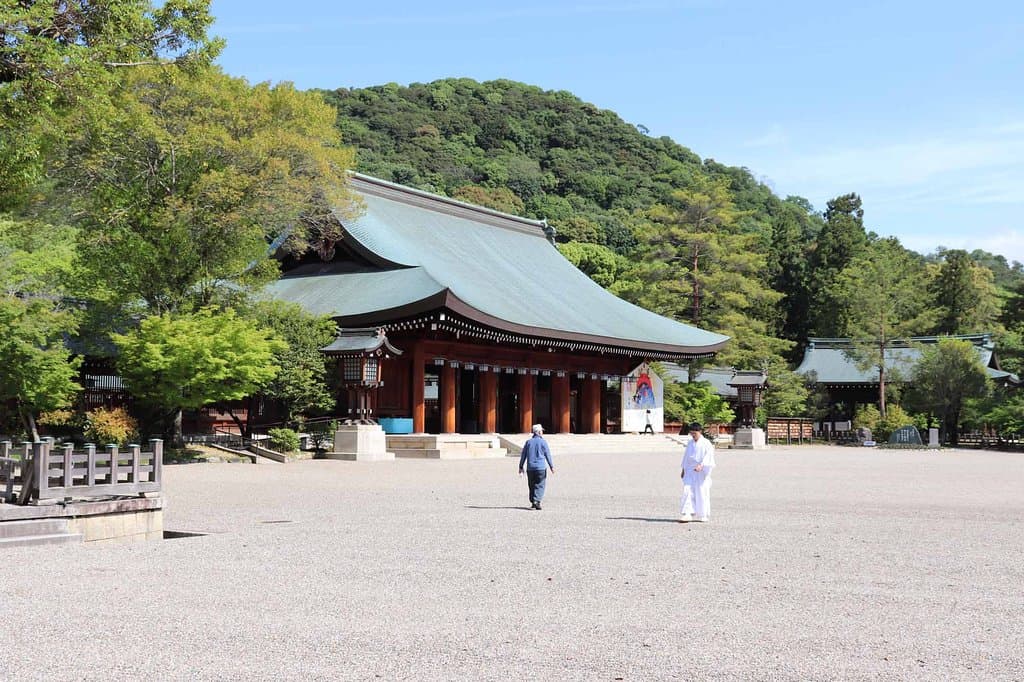
Kashihara Jingu Shrine
A serene Shinto shrine honoring Japan's first emperor, offering a peaceful escape and a glimpse into imperial history.

Highlights
Must-see attractions
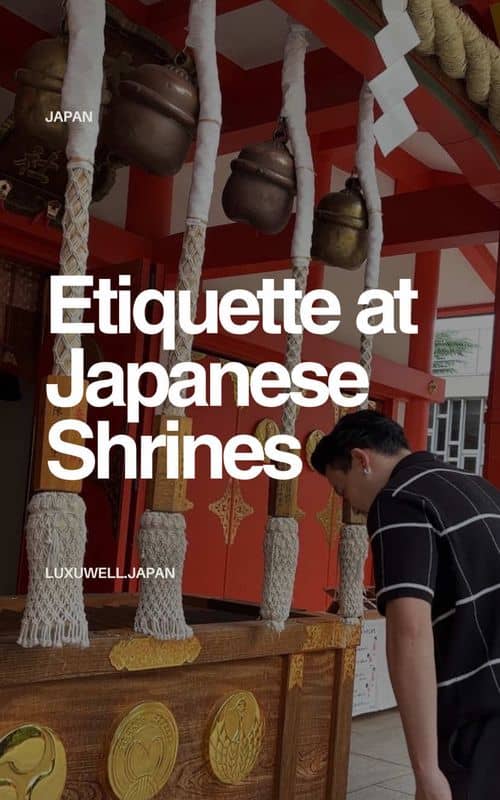
Social
From TikTok & Reddit
Best Time
Experience ultimate peace

Kashihara Jingu Shrine
Best Time
Experience ultimate peace

Highlights
Must-see attractions
A serene Shinto shrine honoring Japan's first emperor, offering a peaceful escape and a glimpse into imperial history.
"Absolutely beautiful. So peaceful today as well. Worth the drive out."

🎯 Bow at the Torii Gate
Always bow once before entering and once before exiting the torii gate.
🚶 Avoid the Center Path
The middle path is for deities. Walk on either side to show respect.
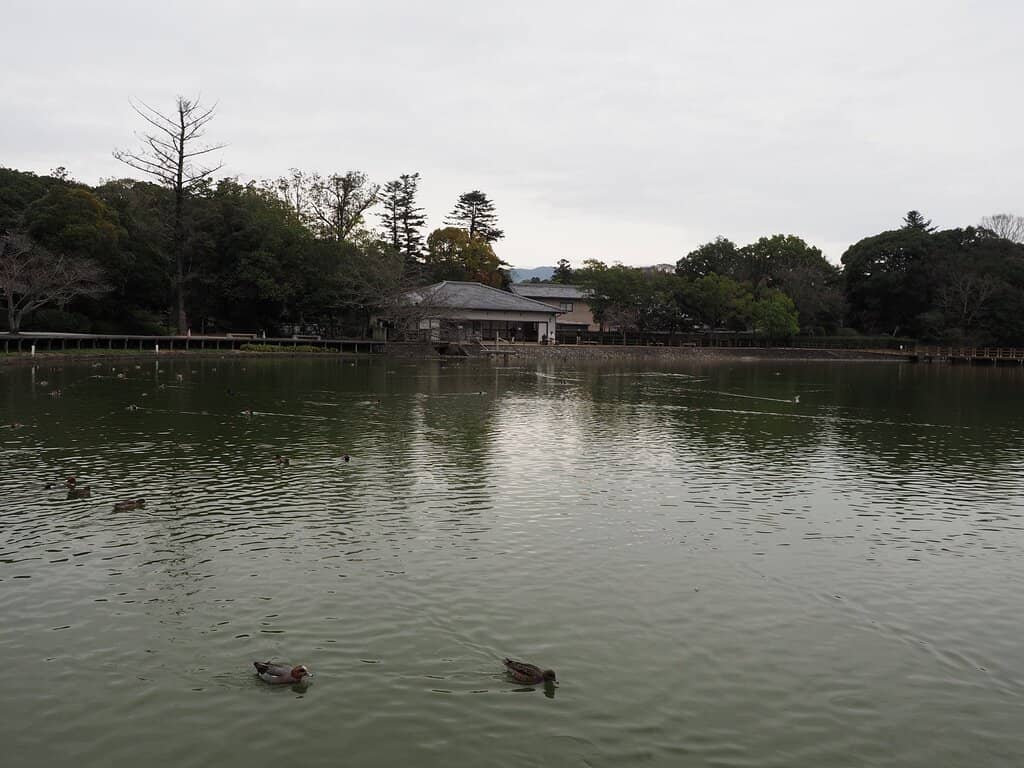
Highlights
Discover the most iconic attractions and experiences

Grand Torii Gate
The imposing entrance marks the transition to a sacred space. A must-bow moment!
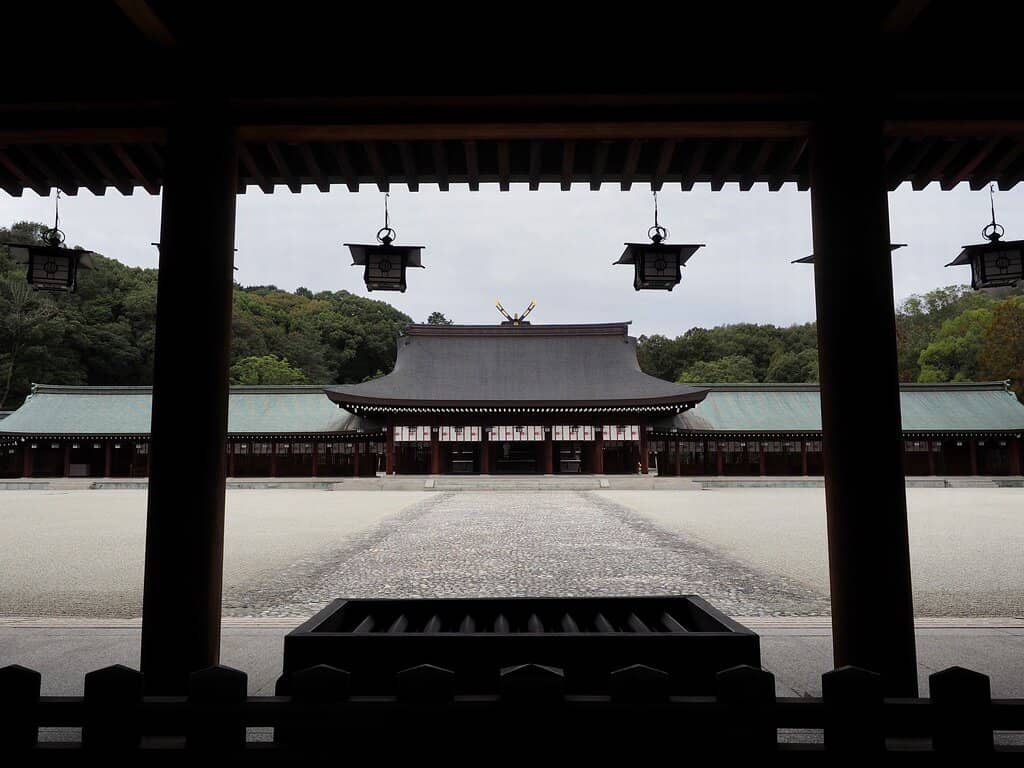
Purification Fountain (Temizuya)
Participate in the ritual cleansing of hands and mouth before approaching the main hall.
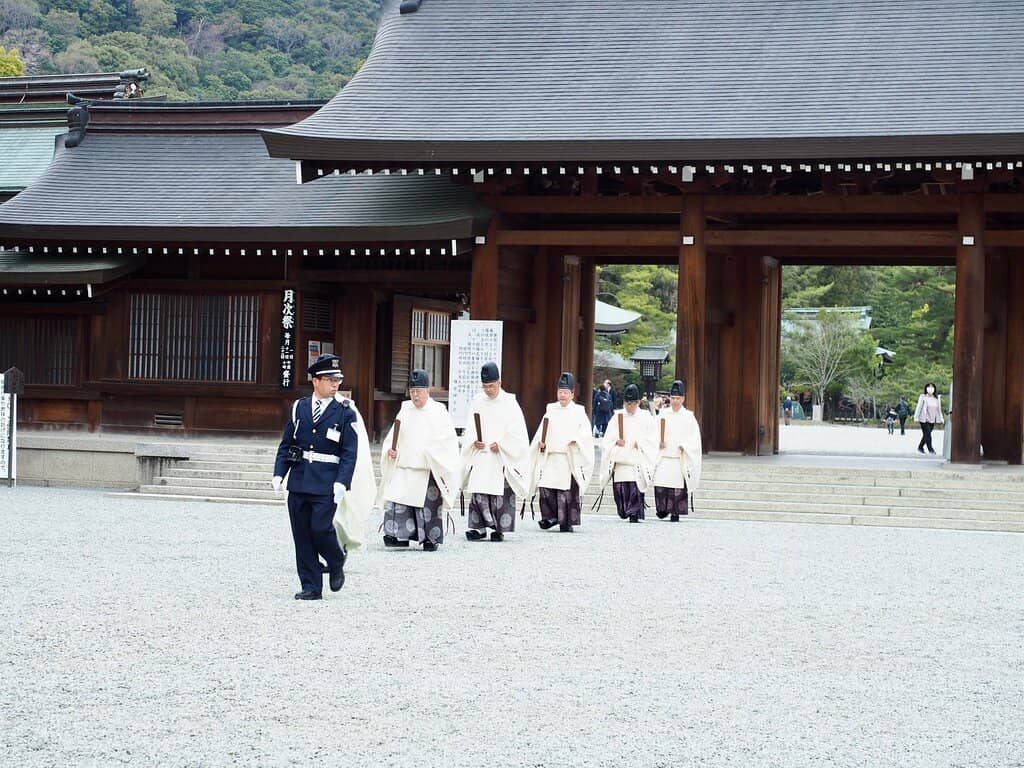
Main Sanctuary
The heart of the shrine, dedicated to Emperor Jimmu. Experience its solemnity and historical significance.

Peaceful Park Grounds
Wander through the serene landscaped gardens, perfect for a tranquil stroll or jog.
Plans like a pro.
Thinks like you
Planning Your Visit
Respectful Shrine Etiquette
Best Times for Tranquility
Best Times
Insider Tips
from TikTok, Instagram & Reddit
🎯 Bow at the Torii Gate
Always bow once before entering and once before exiting the torii gate.
🚶 Avoid the Center Path
The middle path is for deities. Walk on either side to show respect.
💧 Purify Yourself
Use the temizuya to cleanse hands and mouth before praying.
🙏 Praying Ritual
2 bows, 2 claps, silent prayer, 1 final bow.
Tips
from all over the internet
🎯 Bow at the Torii Gate
Always bow once before entering and once before exiting the torii gate.
🚶 Avoid the Center Path
The middle path is for deities. Walk on either side to show respect.
💧 Purify Yourself
Use the temizuya to cleanse hands and mouth before praying.
🙏 Praying Ritual
2 bows, 2 claps, silent prayer, 1 final bow.
🅿️ Parking Costs
Parking is available but can be a bit pricey. Consider public transport.
What Travellers Say
Reviews Summary
Visitors consistently praise Kashihara Jingu Shrine for its beautiful, peaceful, and tranquil atmosphere, offering a serene escape. Many appreciate the lack of crowds and the historical significance, making it a worthwhile visit even for those just passing through. Some note the parking fee as a minor drawback.
"No admission charge, though parking a bit expensive. Lovely grounds."
マクラウド文
"Beautiful and peaceful.
Just visiting on my way to Nara (exhange train in this station) and was surprised bow peaceful and solemn this shrine is. Get my first goshuin here!
When I came here it they also have ShichiGoSan so there’s tiny ladies wearing beautiful kimono all around. Sooo adorable!"
Smj
"Absolutely beautiful. So peaceful today as well. No tourist buses when we went. Everything is so tranquil here. Worth the drive out. Of course you could get a bus as well. Don't miss this one if you are near."
Adam Toepfer
What People Like
What People Dislike
Frequently Asked Questions
🚇 🗺️ Getting There
Kashihara Jingu Shrine is easily accessible via public transport. It's a short walk from Kashihara Jingu Station on the Kintetsu Minami-Osaka Line. Many visitors also stop by on their way to or from Nara.
Yes, there is parking available at the shrine. However, reviewers note that it can be a bit expensive.
Yes, it's feasible to visit Kashihara Jingu Shrine as a day trip from Kyoto, especially if you're already planning to visit Nara. It offers a peaceful contrast to the busier temples in Kyoto.
Taking the Kintetsu train line to Kashihara Jingu Station is highly recommended for convenience and ease of access.
While not directly adjacent to Nara Park, Kashihara Jingu Shrine is located in Nara Prefecture and can be incorporated into a broader Nara itinerary. It's a good stop if you're exploring the region.
🎫 🎫 Tickets & Entry
No, there is no admission charge to enter Kashihara Jingu Shrine. You can explore the grounds and main sanctuary freely.
The shrine grounds are generally open from early morning until late afternoon. Specific hours can vary seasonally, so it's best to check closer to your visit.
Yes, many visitors report getting their first goshuin here! It's a popular souvenir for those who collect them.
Yes, the shrine hosts various events throughout the year. Visitors have noted seeing the adorable Shichi-Go-San celebrations with children in kimonos.
No advance booking is required as there is no admission fee. You can visit spontaneously.
🎫 🧭 Onsite Experience
The traditional Shinto prayer ritual involves bowing twice, clapping twice, making a silent wish, and then bowing once more. Remember to purify yourself at the temizuya first.
Dress respectfully, as you would for any religious site. Modest clothing is recommended. Comfortable shoes are a must for exploring the grounds.
Absolutely! The grand torii gates, serene gardens, and the main sanctuary offer beautiful photo opportunities. Capture the tranquil atmosphere.
While official guided tours might not be widely advertised, the shrine's historical significance and peaceful ambiance make it enjoyable to explore independently.
Kashihara Jingu Shrine is dedicated to Emperor Jimmu, who is considered the first emperor of Japan and is said to have founded the nation in 660 BCE. The shrine celebrates Japan's imperial origins.
📸 📸 Photography
The iconic torii gates, the main sanctuary, and the surrounding lush park grounds offer stunning photographic opportunities. Capture the serene atmosphere.
Generally, photography is allowed on the grounds. However, always be mindful of other visitors and avoid intrusive photography, especially near prayer areas.
Early morning or late afternoon light can create a beautiful, soft glow for your photos, enhancing the shrine's tranquil ambiance.
Drone usage is typically restricted at religious sites and historical landmarks to ensure safety and respect. It's best to assume drones are not permitted.
A camera that handles low light well is beneficial for indoor shots of the sanctuary. However, a smartphone with good camera capabilities is perfectly adequate for capturing the beauty of the grounds.
For Different Travelers
Tailored advice for your travel style
👨👩👧 Families with Kids
Parents can use the visit as an opportunity to teach children about Japanese culture and respect for religious sites. Explaining the basic etiquette, like bowing at the torii gate and the purification ritual, can make the experience more engaging for younger visitors. Keep an eye out for special events like Shichi-Go-San, which are particularly delightful for children to witness.
🚶 Solo Travelers & Peace Seekers
Take your time to wander through the landscaped gardens, find a quiet spot to sit, and soak in the serenity. It's also a perfect place to practice mindfulness or simply enjoy a moment of calm away from the hustle and bustle. The opportunity to get a goshuin can also be a rewarding personal memento of your visit.
Deep Dives
In-depth insights and expert knowledge
Understanding Shrine Etiquette
Another crucial element is the temizuya, or purification fountain. Here, you'll cleanse your hands and mouth using a ladle. The ritual typically involves rinsing your left hand, then your right hand, then pouring water into your cupped left hand to rinse your mouth (spit the water out beside the basin, not back into it), and finally rinsing the ladle itself. This purification is a sign of respect before approaching the main sanctuary to offer prayers.
When praying, the common practice is to approach the offering box, toss a coin, bow twice, clap your hands twice, make your prayer silently, and finish with a final bow. Observing these customs not only shows respect but also enriches your understanding and experience of Japanese culture.
The Historical Significance of Kashihara Jingu
This shrine serves as a powerful symbol of Japan's national identity and its imperial lineage. Unlike some older shrines that have evolved over centuries, Kashihara Jingu was conceived with a specific purpose: to honor the very beginning of the Japanese state. Its establishment in the late 19th century also reflects a period of renewed national pride and interest in imperial history.
Visitors can feel this historical weight as they walk through the serene grounds. The shrine's architecture and the surrounding park are designed to evoke a sense of solemnity and reverence, allowing visitors to connect with Japan's ancient past. It's a place where history, mythology, and spirituality converge.

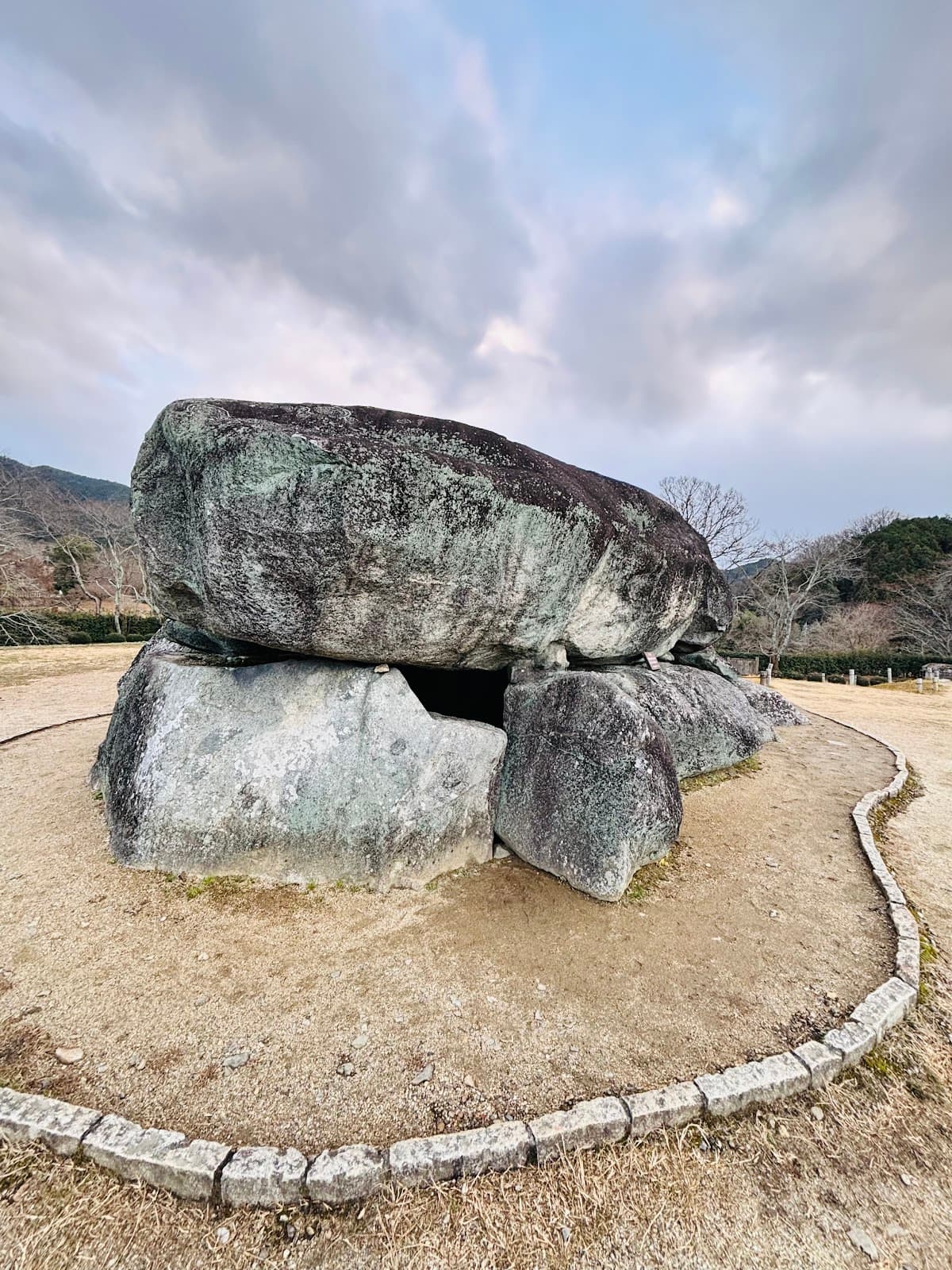




Social
from TikTok, Instagram & Reddit